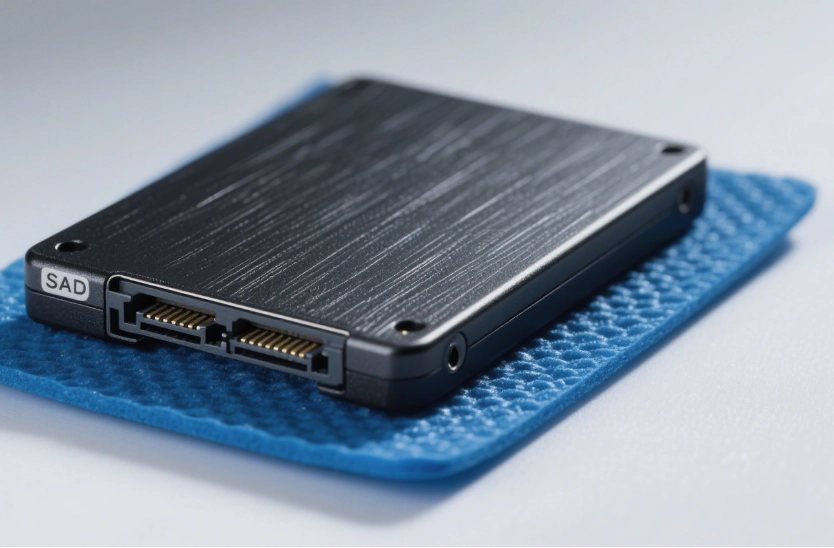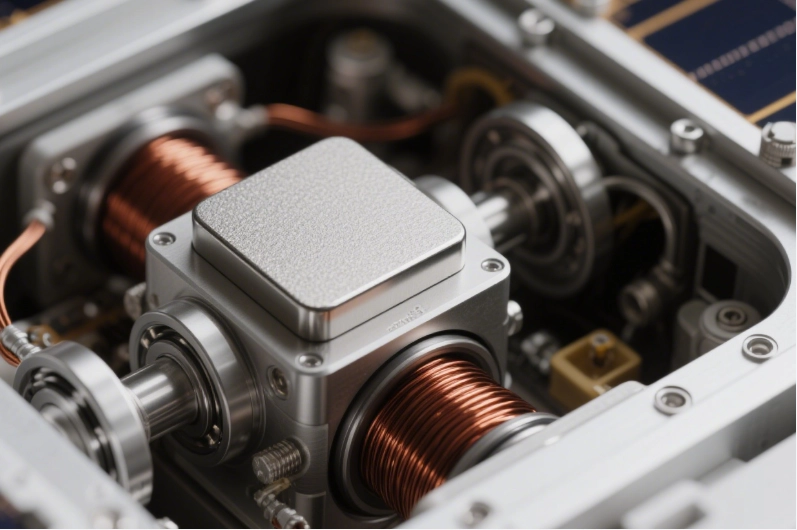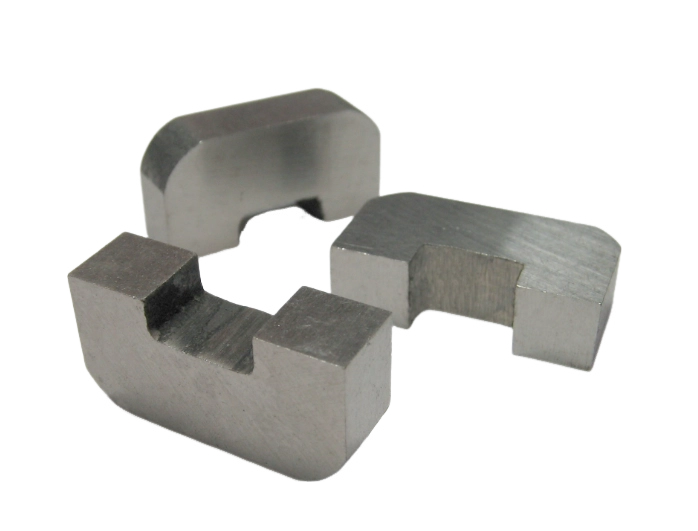Home > News > Trade news > What Makes Magnetoresistive Sensors Essential for High-Precision Magnetic Field Detection?
What Makes Magnetoresistive Sensors Essential for High-Precision Magnetic Field Detection?
Magnetoresistive sensors have become a cornerstone of modern magnetic field detection technology. By utilizing the magnetoresistive effect, these sensors can detect even the slightest changes in magnetic fields with remarkable precision. At Mishma Industry (Shanghai) Co., Ltd., we focus on delivering advanced magnetoresistive sensing solutions that combine accuracy, sensitivity, and energy efficiency for a wide range of industrial and scientific applications.

Basic Principle
The operation of a magnetoresistive sensor is based on the magnetoresistive effect, a phenomenon where a material’s electrical resistance changes in response to an external magnetic field. When the sensor is exposed to a magnetic field, the resistance of its internal material varies proportionally to the field’s strength or direction. This change can be measured and converted into an electrical signal, allowing for the precise detection of magnetic field variations.
Anisotropic Magnetoresistance (AMR)
AMR sensors are among the most common types of magnetoresistive devices. Their resistance changes according to the direction of the magnetic field relative to the sensor’s internal structure. This property makes AMR sensors ideal for angle, position, and rotational speed detection. They are widely used in automotive systems, robotics, and electronic compasses due to their reliability and moderate sensitivity.
Giant Magnetoresistance (GMR)
GMR sensors represent a significant advancement in magnetoresistive technology. They exhibit a much larger resistance change compared to AMR sensors, allowing for more accurate magnetic field measurement. GMR technology is integral to applications requiring high precision, such as hard disk drive read heads, biomedical instruments, and non-contact sensing systems. Their high sensitivity makes them especially suitable for detecting minute magnetic signals.
Tunnel Magnetoresistance (TMR)
TMR sensors take sensitivity and efficiency to an even higher level. They use a quantum tunneling effect, where electrons pass through an insulating layer between magnetic materials. This structure results in higher sensitivity and lower power consumption than either AMR or GMR sensors. TMR sensors are increasingly used in low magnetic field detection, energy-efficient devices, and advanced control systems, where both accuracy and low energy usage are critical.
Applications and Advantages
Across various industries, magnetoresistive sensors play a vital role in motion sensing, position tracking, magnetic storage, and medical diagnostics. Their compact size, durability, and high sensitivity make them ideal for integration into modern electronic systems. Compared with traditional Hall sensors, magnetoresistive sensors offer greater precision, faster response times, and improved linearity, making them indispensable in today’s smart technologies.
At Mishma Industry (Shanghai) Co., Ltd., we are committed to advancing the field of magnetic sensing. Through innovation and quality manufacturing, our magnetoresistive sensors deliver consistent performance for applications that demand accuracy, stability, and long-term reliability.
In essence, magnetoresistive sensors—whether AMR, GMR, or TMR—are driving the next generation of magnetic detection and control systems. With their exceptional performance characteristics, they continue to redefine what is possible in precision sensing technology.



